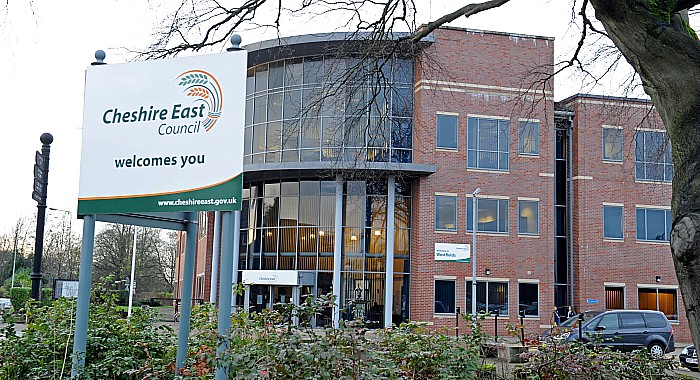
Cheshire East’s population is increasing and getting older, according to new research.
Figures presented to Cheshire East council’s strategic planning board shows the borough’s population has risen from 370,700 in 2011 to 378,800 in 2017, writes Stephen Topping.
However, the size of Cheshire East’s working-age population has fallen in the same period – from 233,000 in 2011 to 226,100 in 2017.
“Essentially what this shows is that there is a big cohort of population either at retirement age or close to retirement age living in Cheshire East,” said Adrian Fisher, head of planning strategy at CEC.
“These are people who are perhaps in their late 50s or 60s, who are starting to come out of that working age bracket, but equally they are of an age where their mortality is still very healthy.
“They have a life expectancy of 20 or 30 years – so people are still hale and hearty but they are not necessarily working.”
CEC defines its working-age population as 16 to 64-years-old – so the figures do not take into account workers of pension age.
The figures were presented in the new authority monitoring report for 2017-18.
It showed the number of new homes built in the borough reached a record-high for CEC in 2017-18, when 2,321 homes were completed – including 655 affordable homes.
That compares to 1,762 in 2016-17 – a previous high for CEC – and the lowest figure this decade of 614 new homes built in 2012-13.
Mr Fisher hopes that an increase in house-building will eventually lead to a bigger workforce across Cheshire East.
And he pointed towards extra housing being a factor in the slowing down of the working-age population’s decline – from a drop of 1,100 between 2013 and 2014, to a drop of 600 between 2016 and 2017.
“This is one of the reasons why there was the big debate through the local plan process around housing numbers,” he said.
“In order to ensure that we maintain the working-age population and the workforce that supports our businesses, we may need to have more homes than would otherwise be the case.
“It would be interesting to see if in future years some of this tailing off actually means that we stabilise, or possibly start to grow, our workforce once again.”
The report also showed that Sandbach had the most new houses built in 2017-18 at 19% of the total number, followed by Crewe, which welcomed 17% of all new builds.
Knutsford, Poynton and Handforth each had the lowest amount of new homes built among Cheshire East’s major settlements – with each welcoming just 1% of the borough’s new homes.


















Recent Comments